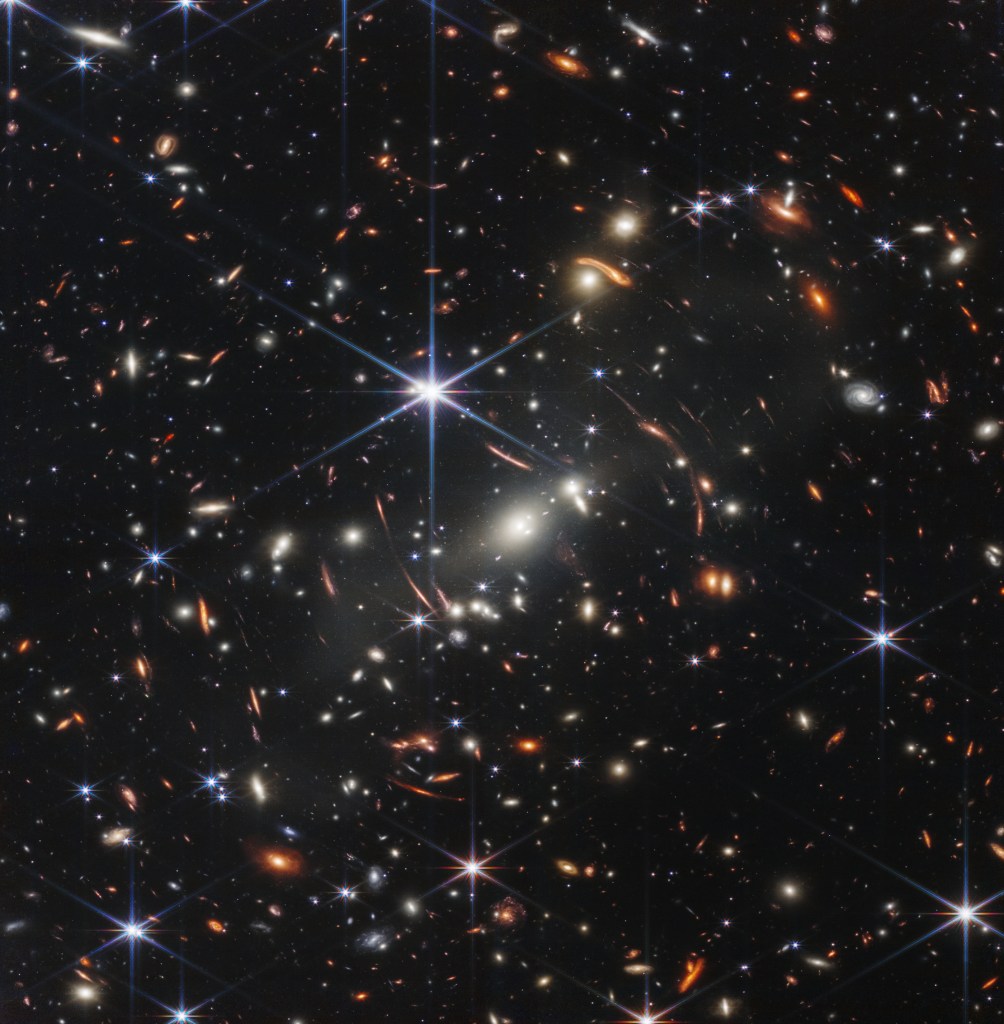A team of alien-hunting scientists have released a new analysis of metallic remnants from a likely interstellar object they recovered from the Pacific Ocean.
In 2014, a meteor called IM1 sliced through Earth’s atmosphere and became the first known interstellar object to land on our planet, according to a team of alien-hunting scientists led by Harvard astronomer Avi Loeb and confirmed in 2022 with “99.999% confidence” by the U.S. government. In June of this year, Loeb—who is famous for his staunch belief in aliens and relentless search for scientific evidence to back that belief up—launched an expedition to recover bits of IM1 from the Pacific Ocean near Papua New Guinea, where it was believed to have exploded in the sky and fallen below the waves.
Videos by VICE
The team used a magnetic sled to recover tiny metallic “spherules” and concluded after some initial analysis that they were indeed “extrasolar,” or, in other words, interstellar. This is because the spherules contained an excess of elements including beryllium, lanthanum, and uranium “by up to three orders of magnitude relative to the solar system standard” compared to other stony meteorites, the team wrote at the time. But a pressing mystery remained, one that is highly relevant to the question of whether IM1 was sent by an alien intelligence or not: Was it an artificially-made object or a natural one?
According to a new preprint study posted online by Loeb and Michael McLeod, a postdoctoral fellow at The Center for Astrophysics | Harvard & Smithsonian, IM1’s properties “can be naturally explained by tidal disruption of rocky planets on highly eccentric orbits around the most common stars, M-dwarfs.” The paper has been submitted for publication in The Astrophysical Journal, Loeb told Motherboard.
The paper notes that previous studies have shown that some white dwarf stars have metals in their atmospheres, which Loeb and McLeod write may be remnants of rocky planets that passed too close to the star and experienced a form of tidal disruption—think of the sci-fi image of an object getting too close to a black hole and being stretched out and torn up, or “spaghettified.” Some bits of metal-flecked rock are accreted around the star, while others are flung out into space at high speed. The pair note that “the exact physical processes that fuel the disruption of rocky bodies around [white dwarves] remains unknown, though many plausible scenarios have been suggested,” and the paper suggests a few options for how this could occur.

“Does this mean that IM1 definitely originated from a natural astrophysical environment and was not a technological Voyager-like meteor manufactured by another civilization? We do not know for sure,” Loeb said in a statement accompanying the paper. “Our next expedition to the Pacific Ocean aims to find bigger pieces of IM1 and check whether it was a rock or a more exotic object. Until we find bigger pieces of IM1, we will not know with certainty the origin of IM1.”
“The enhanced abundance of rare elements could have served a technological purpose. For example, lanthanum could have been melted from semiconductors and uranium could have been used as fuel in a fission reactor. But our calculations in the new paper provide a reasonable context for explaining pieces of rock along IM1’s path.”
Loeb and the team’s work is hardly done. “The plan is to go on the next expedition to [the] IM1 site within nine months,” he told Motherboard in an email. “We are currently developing the tools to find bigger pieces of IM1. In parallel we continue to analyze the remaining spherules that we retrieved in the first expedition, including isotopes that could help us in dating the age of its material.”




